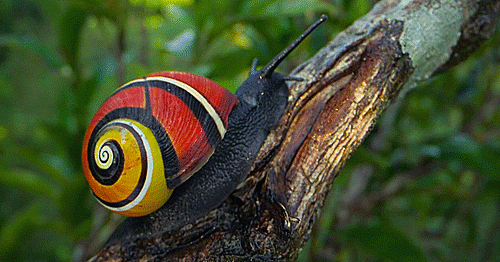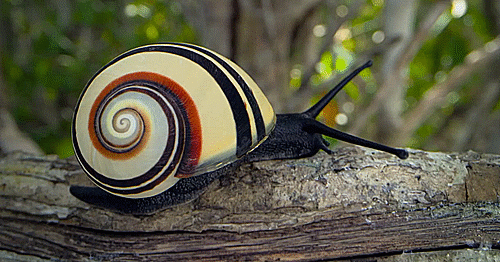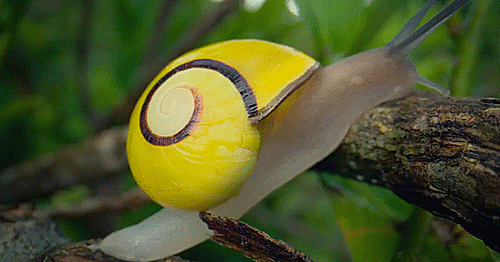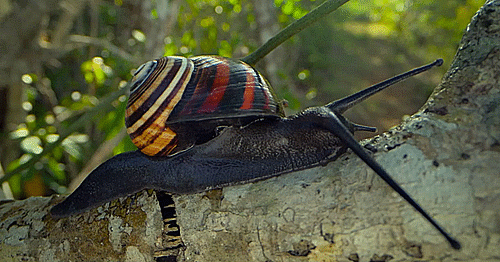#Cuban Painted Snails
Photo




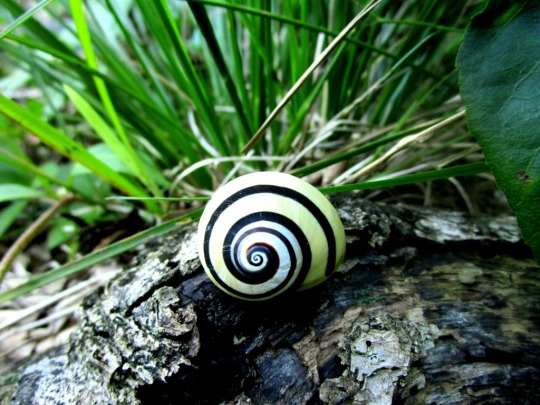
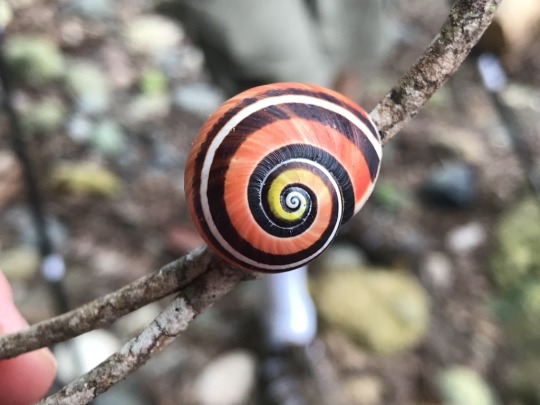

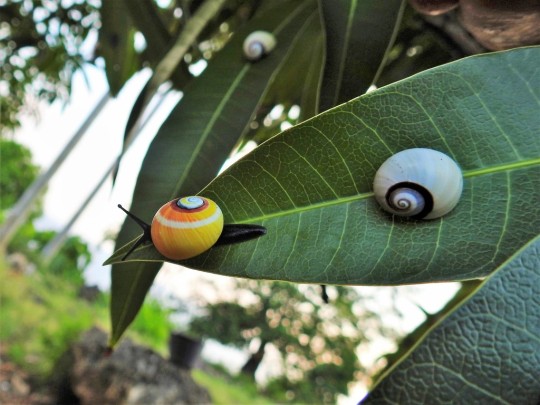

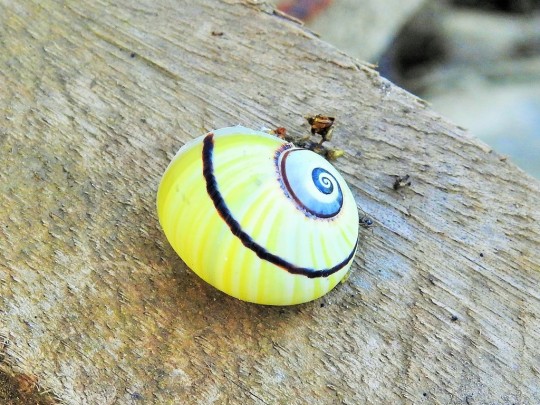
Cuban painted snail, Polymita picta, Cepolide
Found only in eastern Cuba, this arboreal species shows remarkable diversity in shell color between individuals. Unfortunately due to poaching to make jewelry and collectibles from their shells, they are now endangered.
Photo 1-5 by mig_ernesto, 6 by rappman, 7 by manfrax, and 8-10 by amantedarmanin
#animals#curators on tumblr#bugs#gastropods#mollusks#snail#tree snail#painted snail#cuban painted snail#Polymita#one nice bug
5K notes
·
View notes
Photo
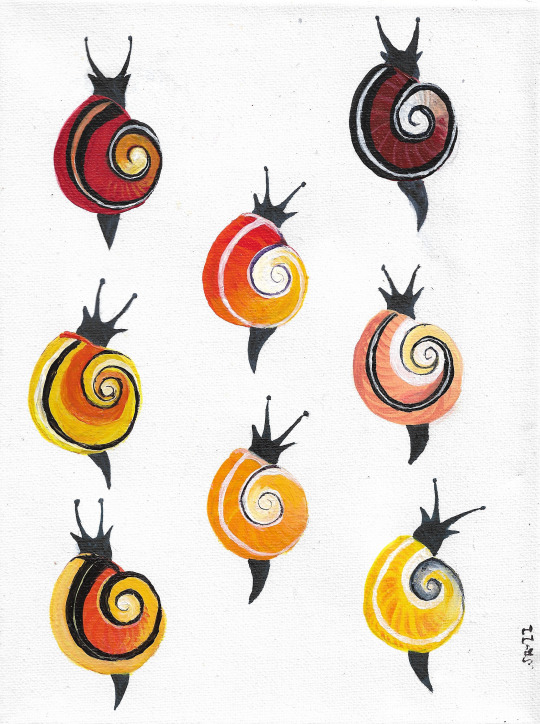
Painted painted snails
4K notes
·
View notes
Text





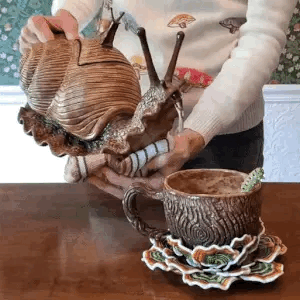




Snails
for anon
X - X - X
X - X - X
X - X - X
x
#brown#green#multicolor#snails#giant african land snail#cuban painted snail#garden snail#bugs#animal#mollusk#syrup#food art#jewelry#acorn#teapot#tea set#mushroom#stim#stimmy#stimming#stimblr#sensory#stimboard#soda boards#hands#animal stim
25 notes
·
View notes
Text

These little guys will be available as stickers in my upcoming project, Spineless Wonders!
Check out the Kickstarter here!
#illustration#digital art#polls#kickstarter#animals#invertebrate#octopus#jellyfish#moth#snail#horseshoe crab#stickers#blue ringed octopus#pink moon jelly#luna moth#cuban painted snail
28 notes
·
View notes
Text
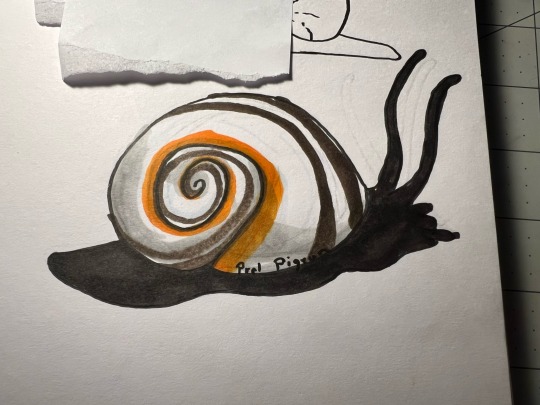
Snailll
tried drawing a cuban painted snail.
20 notes
·
View notes
Note
Look up Cuban painted snail
Oh I LOVE those little guys! They won mollusk of the year this year!!


60 notes
·
View notes
Photo
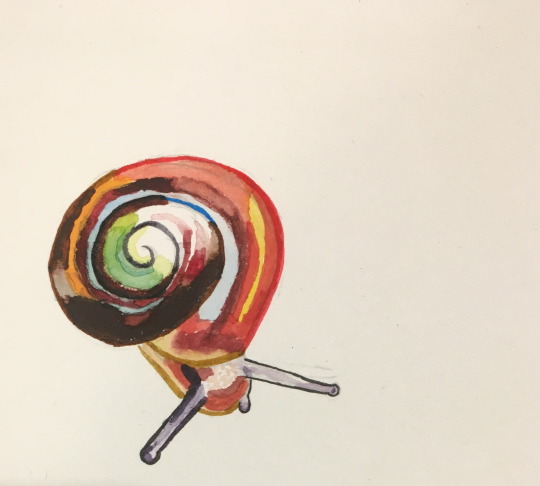
A water color snail. They are a Cuban painted snail. Their name is Sheldrake. Might make some snails for sale if they become popular.
Image Id: A snail on a light, warm gray background. The snail’s head has two gray eyestalks and one small gray tentacles. The head is red on top, orange in the middle, and yellow on the bottom. The center of the spiral is white. As it moves out it becomes yellow, then green, then white again. Then it shifts to dark brown, to brown and orange and finally to red and yellow.
#watercolour art#watercolor animal#watercolor#watercolorart#watercolor art#snail#snail art#slugsandsnails#paintedsnail#snailpaint#snailpainting
13 notes
·
View notes
Text
February 2nd, Baracoa and local attractions
Breakfast on the 2nd story terrace, local fresh fruit and juice, buns and always eggs with coffee. Very good and nicely done. We hopped on the bus that took us to a local cocoa farm, Daisy was our host and she explained all about the trees and then went to the whole process of harvesting until finished product, in Spanish. Jackson had to translate. They grow three kinds of cocoa trees at the farm and the third is a hybrid of grafting the first two. Third appears most productive. Cocoa trees are five years old before that flower and produce pods. A very mature tree may have up to a thousand blooms on it but only about a hundred will produce cocoa pods. Of the different kinds one have green pods that turn to yellow, one rusty red pods and one brown. These trees require shade and thus are planted amongst banana, papaya and coconut trees. I thought she said six months from flowers to mature pods. Once pod is ripe, they use a machete to cut it down and this same machete to cut open the pods. The beans are scooped out as a lump of goods.Large box like troughs, made of palm leaves, are used to dry the membrane off of the beans and these troughs are tilted to the oil from the mixture runs to the bottom. This is use in making the cocoa butter salve. Once the bean pods are dried they have to be cracked open to get the actual bean out (much the same as a walnut). The beans are then sold like that in bulk to the government. But what can be done is to grate it to make cocoa powder or to grinding it until more oils come out to make it a paste and make chocolate balls for baking or chocolate bars.. Purchased some to bring home as well.
From there we hopped back on the bus and visited a home that has made it their mission to help preserve the Cuban painted 🐌 snail, which is on the endangered species list. These people have mango trees that they populate with snails and help to keep the baby snails alive. Ants attack and eat them.
Next we proceeded to our lunch. It was a G Adventures sponsored business of a family owned restaurant on the water. Out table was outside and while our meal was cooking a local lady demonstrated how they make the candy of coconut and almonds. Went through the whole process then proceeded to show us how they make the palm leaf funnel containers for the candy. Purchased one and will be bringing it home.
Lunch was a smorgasbord of crayfish, swordfish, little tiny, tiny fish in a sauce, rice, cucumbers, tomatoes, cabbage, lettuce and green beans.
Once lunch was over we walked down to the river. Encountered many young school age children so distributed some of the art and school supplies I had brought with me.
We get to the river and get into a wooden boat, more so a snow and the young man rows us downriver to a place where we land. We proceed to hike for a km or so. Rough going all stone, where we arrive at a beautiful swimming hole. We all swim for quite a while, before hiking back to the skow. The young man rows us back to the landing and we hop on the bus to hit a beach on the Carribean Sea.
Eventually back to our Casa, which is beautiful and we have the penthouse terrace. We all meet for dinner and head to a place, have to admit food was mediocre and expensive for what we got. The rest of the group, all singles in their 30/40’s all head to the bars, we head to our rooms.


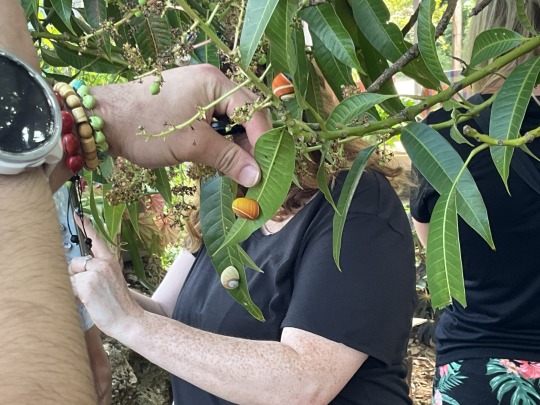
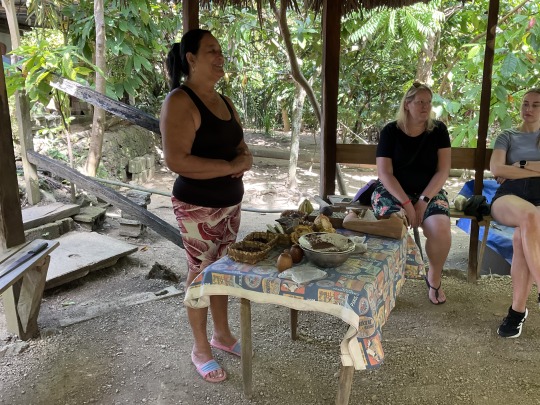
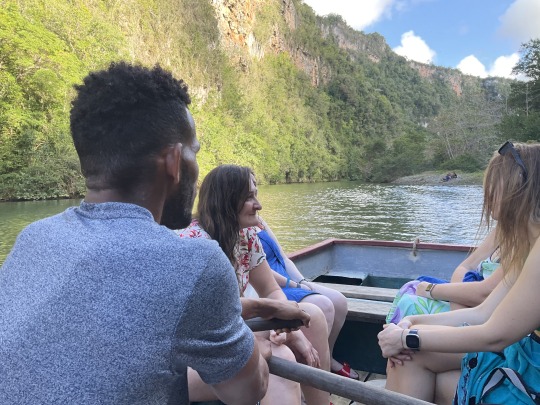
0 notes
Photo
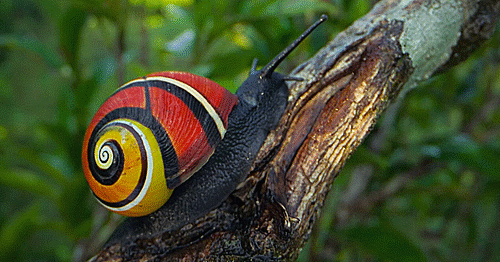
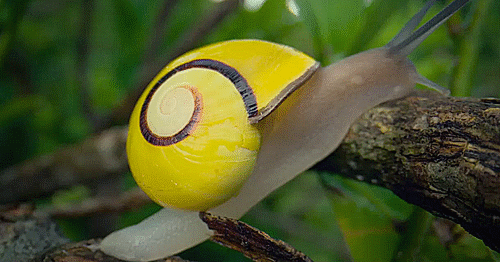
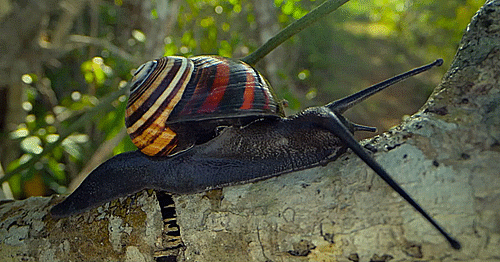
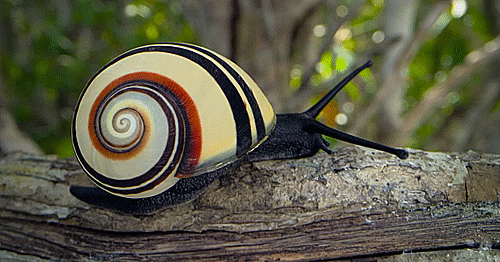
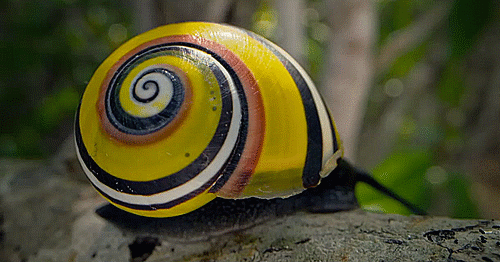

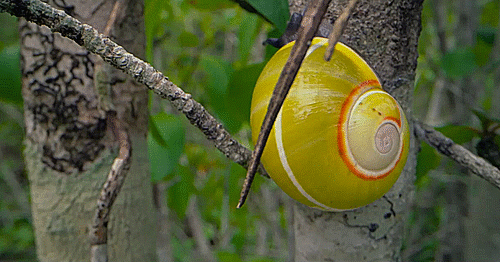

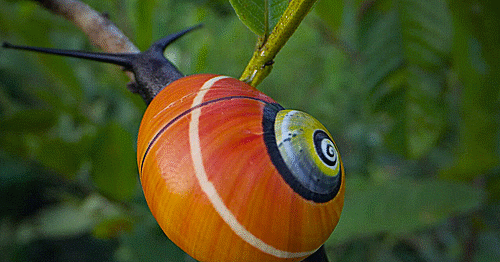

Cuban Painted Snails (Polymita Picta)
“Their colours come from their diet, lichen and mosses rich in minerals that give the shells these stunning colours. They differ according to the particular mix of plants that each snail has been eating.” - David Attenborough
Attenborough‘s Life In Colour
#David Attenborough#Cuban Painted Snails#snails#colour in nature#colour#living in a colourful snail house#snail living in a colourful house
60K notes
·
View notes
Link
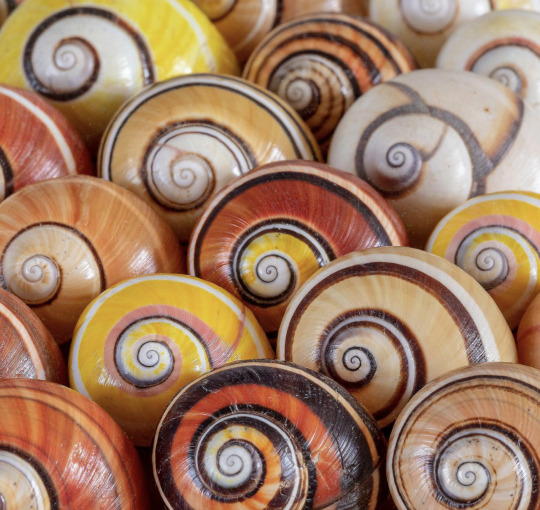
A collection of Cuban painted snails (Polymita picta) adds vibrant color to biologist Bernado Reyes-Tur's laboratory at the University of Oriente, Santiago de Cuba. All six species of the snails, which live only along the country's eastern coastline, are critically endangered. PHOTOGRAPH BY BRUNO D'AMICIS
Excerpt from this story from National Geographic:
THEIR SHELLS COME in a wide variety of colors: pastel yellow and pink, brick red and black, pearly white and ochre. Regardless of hue, the markings of the six species of Cuban painted snails, as they’re known, accentuate the whorled shape of their grape-size shells, which swirl in upon themselves. You can get lost gazing at these marvels of nature, as if you’re peering down a whimsically colored staircase that spirals on forever.
Cuba is home to the world’s greatest diversity of snails, but no others have shells with such a range of colors and complex patterns. Painted snails, in the genus Polymita, have long been sought by collectors, who sell the shells to tourists or trade them abroad to the United States and Europe. This demand is one reason why Cuba lists all six species as critically endangered, and why it’s been illegal for more than a decade to take these snails from the wild. The Convention on International Trade in Endangered Species of Wild Fauna and Flora (CITES), which regulates global commerce in wildlife, has banned their trade since 2017.
“For their striking aspect…these snails are considered the most beautiful on the planet,” says photographer Bruno D’Amicis. Their allure drew him from his hometown in Italy to Cuba in 2019 to make portraits of the snails and profile the small band of researchers and conservationists who are working to understand and protect them. By showing the snails in all their glory, D’Amicis hopes to spread awareness about the perils they face—not only illegal collecting but also land clearing, predation by invasive species, and climate change—and to spur efforts to secure their future.

Left: Bernardo Reyes-Tur takes measurements of Polymita picta shells in his laboratory. He hopes that by learning more about the rare painted snails, it will help in efforts to protect them. Right: A woman in a town near Baracoa offers jewelry and thousands of painted snail shells for sale. Collecting the snails either for sale in Cuba or trading abroad is prohibited. PHOTOGRAPH BY BRUNO D'AMICIS
3 notes
·
View notes
Photo
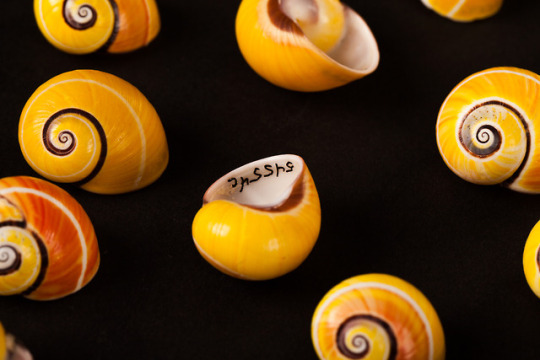
Cuban land snail / CAS-IZ 039151
Scientific name: Polymita picta nigrolimbata
Locality: Cuba: Oriente; Mandinga
Department: Invertebrate Zoology & Geology, image © California Academy of Sciences
#invertebrates#gastropod#mollusk#land snail#snail#cuba#polymita picta#painted snail#cuban land snail#torre
42 notes
·
View notes
Photo
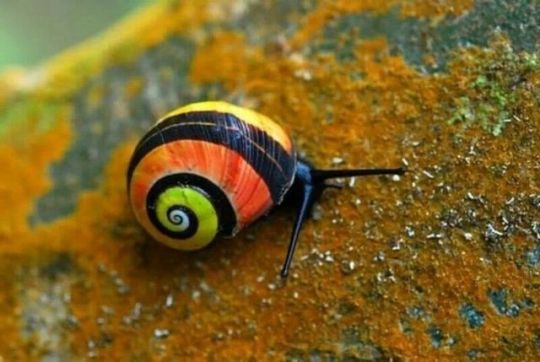
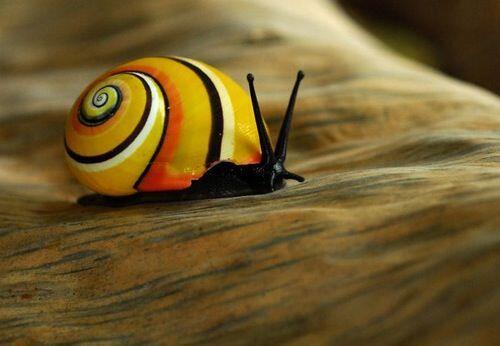
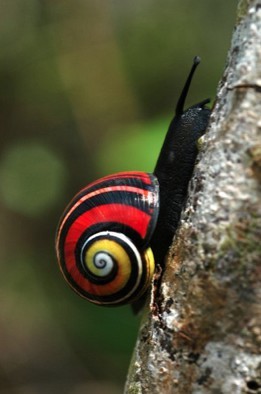

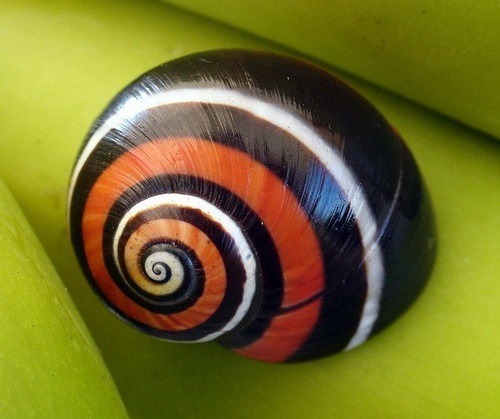
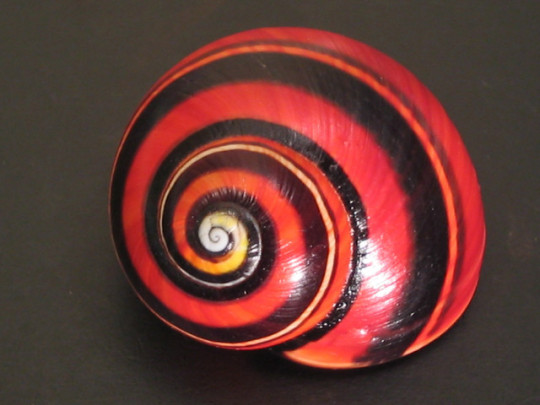

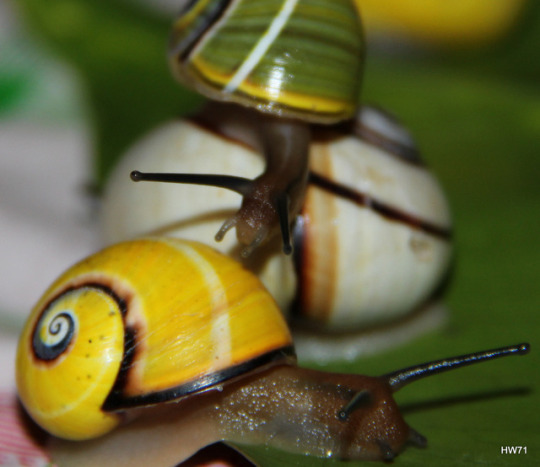
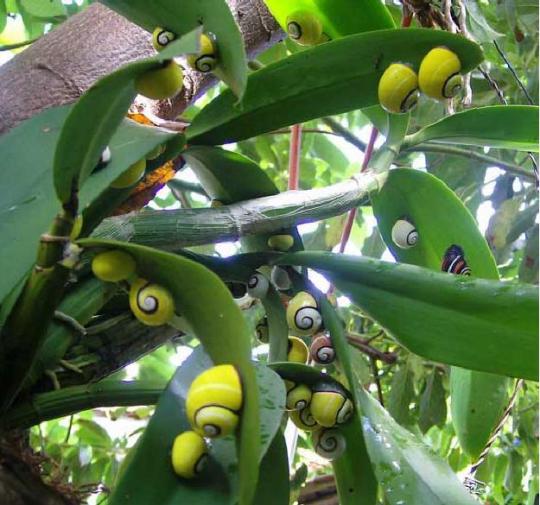
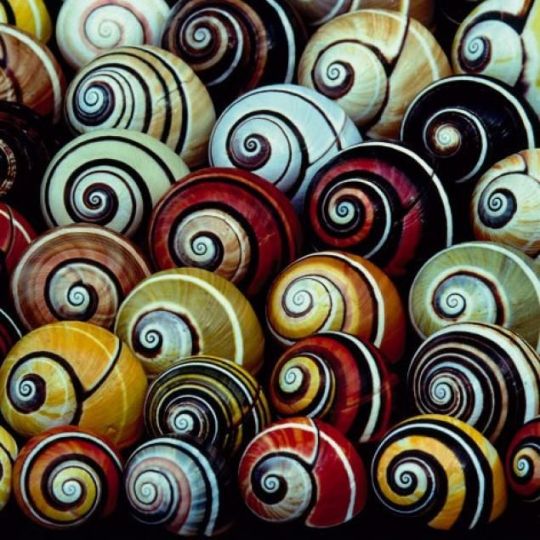
Cuban Land Snails Polymita picta
Polymita picta, common name the Cuban land snail or the painted snail, is a species of large, air-breathing land snail. Shells of Polymita picta can reach a length of about 20 millimeters (0.79 in). These large shells are shiny and very brightly colored. Normally they show a bright yellow color with a white stripe, but the species is well known for its colorful shell polymorphism, with numerous color varieties. These shells are sought after by poachers and used to make jewelry and trinkets. As a result, the species has become endangered.
This snail is endemic to Cuba. These arboreal molluscs live mainly in coastal habitats in the subtropical forest. Polymita picta mainly feeds on lichen, moss and on fungal biofilms present on bark and leaves. The life cycle lasts about 15 months, with breeding time during the wet season (September- October). The snails become dormant in the dry season (December- beginning of May).
Like most air-breathing land snails, Polymita picta has female and male reproductive organs (hermaphroditic), ie it is unable to self-fertilization. Moreover similarly to other gastropods in the superfamily Helicoidea, this species uses love darts as part of its mating behavior.
9K notes
·
View notes
Note
PLS TOP 5 MOLLUSCS
I will admit, I have a slight bias towards gastropods in general because they're adorable, but I tried to get a mix of mollusks for this.
1) Nembrotha cristata
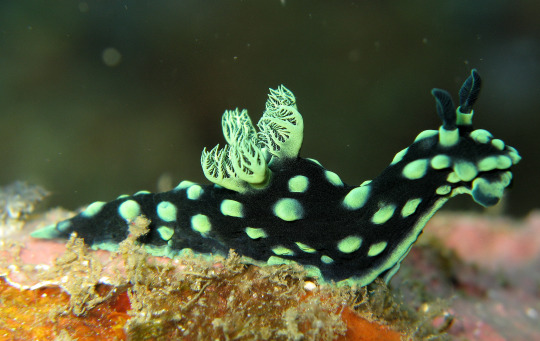
2) Colossal Squid (Mesonychoteuthis hamiltoni)

^Image is actually a giant squid but you get the idea.
3) Nautilus (Nautilus pompilius)
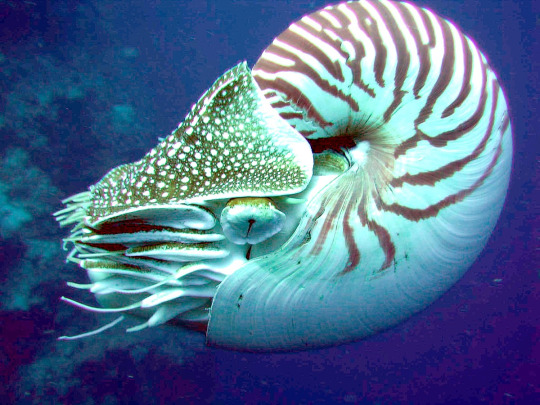
4) Cuban Painted Snail (Polymita picta)

5) Scallops (Pectinidae)
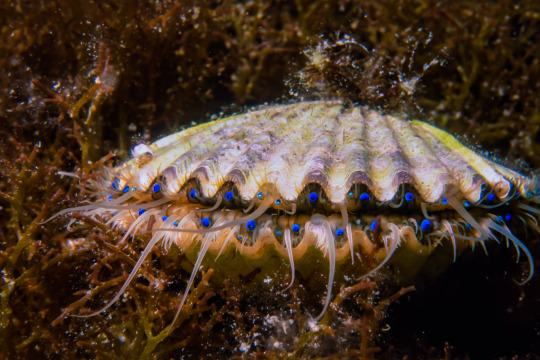
Images: 1 | 2 | 3 | 4 | 5
37 notes
·
View notes
Text
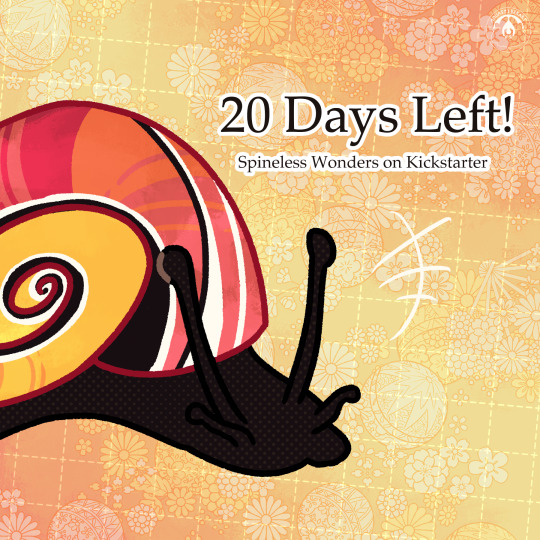
There are 20 days left to support Spineless Wonders, stickers and prints of invertebrate animals!!
Reblogs are highly appreciated!!
#illustration#digital art#kickstarter#animal art#animals#snail#cuban painted snail#character art#independent artist#artist support#countdown#invertefest
9 notes
·
View notes
Photo
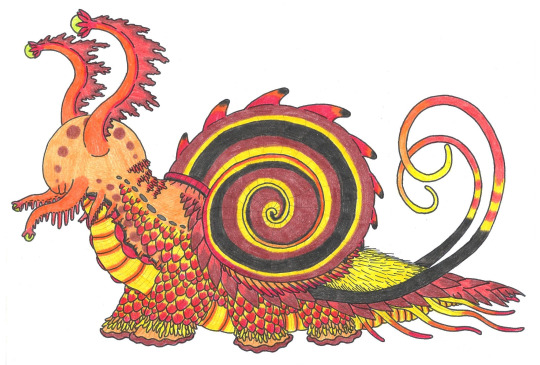
The Cuban Snail of Paradise is known throughout the world for its gorgeous colors and unique courtship dances. This species holds the record for the longest mating ritual of any living creature on the planet. Unfortunately, such a ceremony is not all that interesting to watch, as its length does not come from complexity but rather its pace.
-----------------------------------------
A silly doodle based on the Cuban Painted Snails.
35 notes
·
View notes



